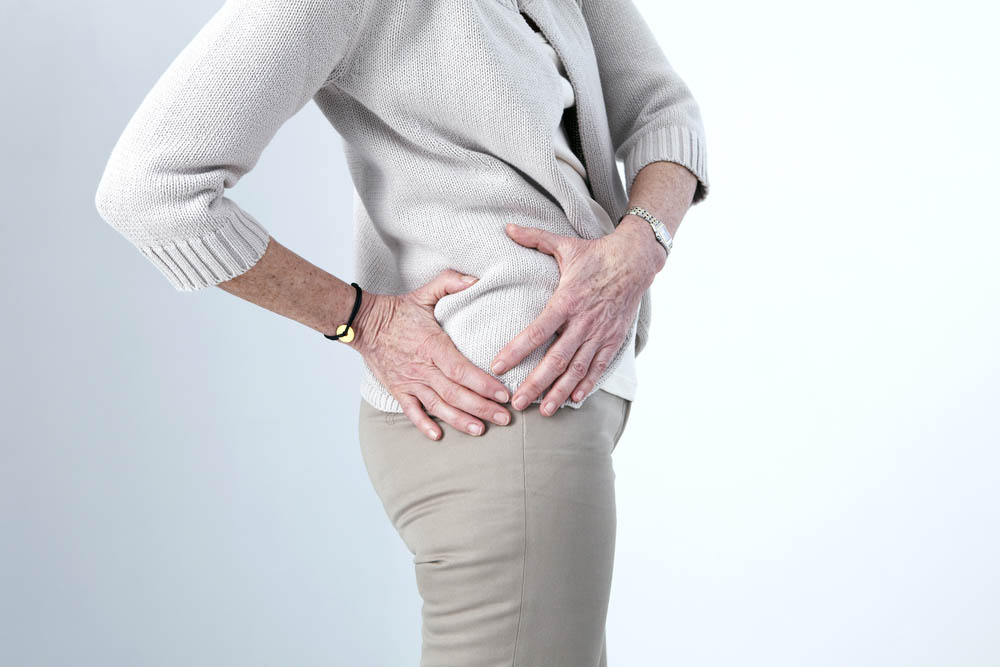Hips
Hip pain is a common reason for patients to present to physiotherapy. The hip joint is the largest weight bearing joint in the body. As a result, the hip is prone to a number of conditions. Pain can originate from bursitis or osteoarthritis, direct trauma or congenital issues. The lumbar spine and sacroiliac joint can also refer pain.
Anatomy
The hip is referred to as a "ball and socket" joint and comprises two components:
- the femoral head - the "ball" at the end of the thigh bone or femur
- the acetabulum - the "socket" in the pelvic bone in which the femoral head fits
The bony articulation is reinforced by thick, fibrous ligaments which form the joint capsule. Overlying the joint capsule are large muscle groups that enable the multi-directional range of movement our hips are capable of.
Hip Bursitis
Inflammation in the bursa causes bursitis. Bursae are fluid filled sacs that reduce friction between internal structures. There are two large bursae in the hip joint, the trochanteric bursa and the iliopsoas bursa.
The trochanteric bursae has a deep and a superficial bursa sitting between bone and the lateral hip musculature. The outside of the hip will be painful when the bursa is inflamed. Patients report pain at night when lying on the affected side, pain and stiffness after prolonged sitting and morning pain . Pain will be aggravated with activities such as prolonged lying on the affected side, walking, running, stair climbing or squatting.
Less often affected, the iliopsoas bursa sits between the hip joint capsule at the front and the iliopsoas muscle group. This form of bursitis causes pain and swelling at the front of the hip and in the groin and is often the result of repetitive movement patterns such as stair climbing. Loaded hip flexion activities such as stair climbing, squats and plyometric exercises will aggravate symptoms.
Hip Osteoarthritis
Osteoarthritis of the hip is common. Osteoarthritis is a chronic degenerative process whereby the cartilage that lines the joint surfaces breaks down, exposing bone on bone contact. Bony contact without the cushioning effects of cartilage, leads to pain, stiffness, loss of movement and the growth of bony spurs within the joint complex. Pain is felt on palpation of the joint line and felt in the groin area and front of the thigh.
Management
Physiotherapy can help bursitis and osteoarthritis by increasing joint movement, prescribing exercises to improve flexibility and strength and encouraging the avoidance of aggravating activities.
Physiotherapy post total hip replacement is integral to ensure good movement and strong muscles. By following a tailor made rehabilitation program, patients should achieve optimal postoperative results and be able to continue with normal daily activities.

